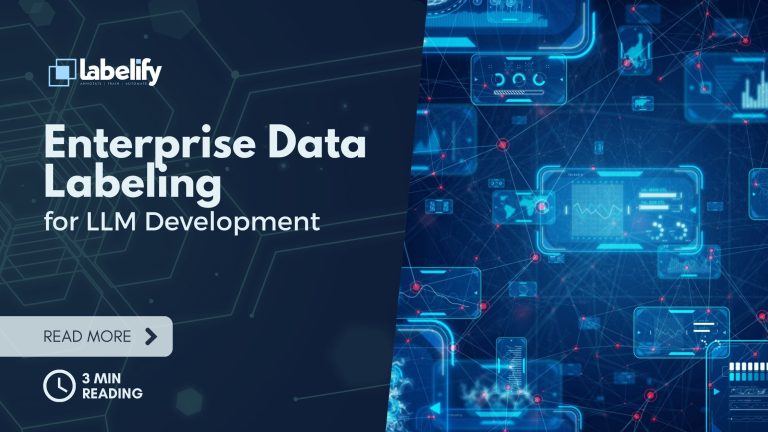Sentiment Analysis – and Why Computers Can’t Do It Alone
Everybody has an opinion. But machines are not able to have the same opinions. How can machines learn to interpret people’s opinions? Why is this important? These are the questions that we will address in today’s blog on sentiment analysis (a subset of natural-language processing (NLP).
What is sentiment analysis and why does it matter to you?
Sentiment analysis (also known as opinion mining) is a method for extracting subjective information from audio and text. This includes online reviews, customer support requests, and online reviews. Sentiment analysis, in its most basic form, determines whether subjective information is positive, neutral, or negative. However, machine learning has allowed brands to use sentiment analysis in more difficult cases such as identifying emotions and understanding less common language usages, or monitoring online behavior.
Amazon and other online retailers use sophisticated recommendation engines that use sentiment analysis to predict consumer preferences. These sophisticated systems use more than product ratings to determine how popular a product is and why.
Brands can also use emotion analysis to prioritize customer support tickets and determine the most effective communication channels. This information can be used to plan product improvements. These insights can help you create better customer experiences and new opportunities, which in turn will improve your profitability.
Because of the abundance of information available on social media, governments have begun to use sentiment analysis to increase transparency, encourage citizen engagement and figure out how people respond to COVID-19. A view of sentiment helps governments and policymakers identify common societal and epidemiological problems before they spiral out-of-control.
What is the process of sentiment analysis?
Natural language processing is the modern method of sentiment analysis. This creates an interface between computer science and human language. This interface allows machines to understand text and listen to audio. It also allows machines to provide numerical insights beyond simple ratings.
NLP allows us to see the true meaning behind written and spoken content. This is a new way of doing sentiment analysis. Machines can now learn from data and detect positive, neutral, and negative wording. This allows brands to create comprehensive emotional profiles. Systems can also identify and process sentiments at sentence level. This is possible with a more precise approach.
But there is a catch. This model requires a lot of contextually annotated training data.
Why is sentiment analysis so hard?
Artificial intelligence is a difficult area of analysis, and sentiment analysis is one reason why. Even humans struggle to understand sentiment accurately, especially with vague words, slang and figures of speech.
Subjectivity is another problem. Another challenge is subjectivity. It can also be used to make sarcastic remarks. Consider adjectives that describe size and color. One might say that a product’s color is red because they like it, or to prove a point. The machine must understand context and intent to tell the difference.
Because people make implicit statements, context is important. A machine cannot learn context if it isn’t explicitly stated. Take the questions “What did you like about our product?” or “What didn’t you like?”. Depending on the question, answers such as “nothing” or “everything”, each will change the sentiment’s polarity.
Sentiment analysis can also be difficult because machines don’t have a great sense of humor. However, if the machine is unable to detect when someone uses irony or sarcasm it can produce embarrassing misinterpretations.
These are not the only challenges in developing sentiment analysis models. It is important to recognize and understand the meaning of comparative phrases and establish a baseline for neutrality.
These challenges highlight the importance of keeping humans informed (HITL), when developing sentiment analysis models. Only humans can experience sentiment and therefore only they can create a model that is viable.
How can you approach sentiment analysis training in the most effective way?
A large amount of labeled data is required to build a sentiment analysis algorithm. Developers of sentiment analysis models must consider context and quality assurance when selecting a data preparation team. This study shows that annotators who are paid per hour are more likely than those who are paid by the task to label and prepare data correctly. Crowdsourced workers and gig workers on the other hand, are more likely either to misinterpret sentiment or to default to the ‘other’ option to finish the task.
The best of both the worlds: managed workforces. A managed workforce gives you the advantage of having a team that is vetted and under your direct supervision. This allows for better quality control and alignment with project goals. A managed workforce, which is an outsourced model, offers a level of flexibility and scalability that rivals those offered by crowdsourcing or teaming with gig workers.
It all boils down to choosing the right workforce. One that cares about your data and receives ongoing training. Data labeling can be as scientific as it is art. Consider collaborating with people who are knowledgeable about both the technical and human aspects of data labeling. It is crucial for your models and predictions.




